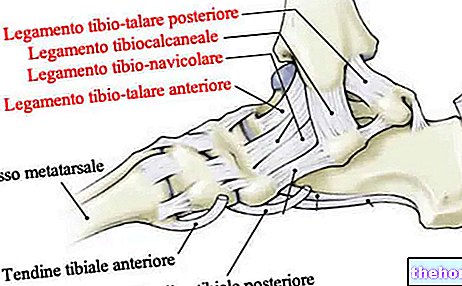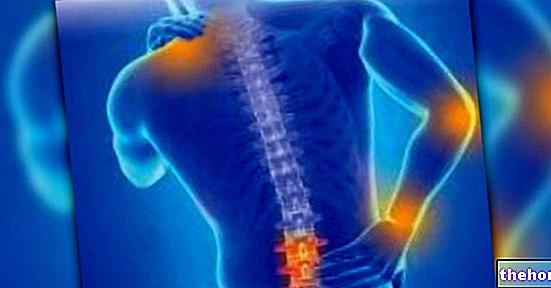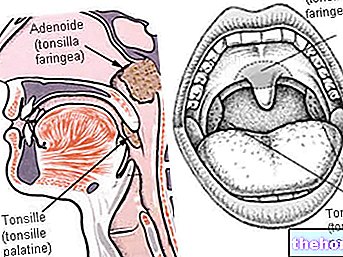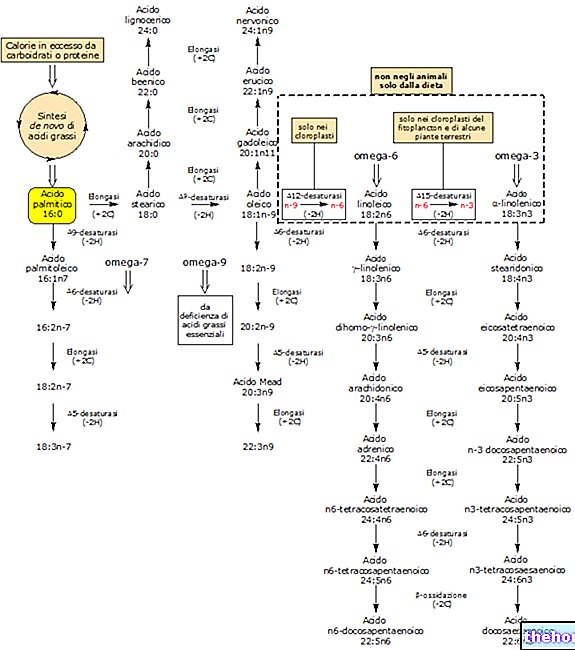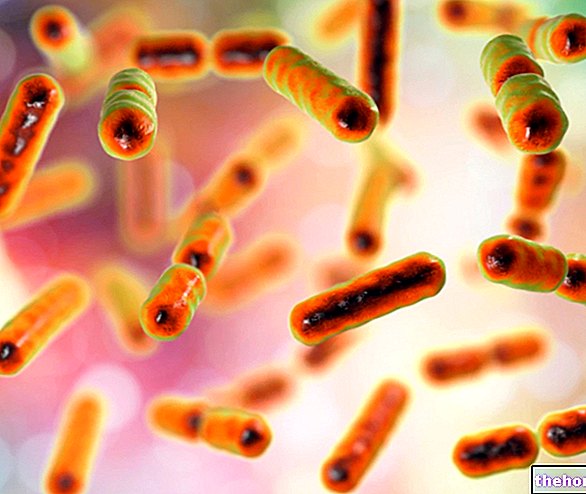Summary and functions
Bradykinin is a nonapeptide with strong vasodilatory properties. Therefore made up of nine amino acids, bradykinin is synthesized locally in large quantities during inflammatory processes. For example, inflammation following trauma or an insect bite leads to the activation of kallikrein, a proteolytic enzyme that acts immediately on a particular class of plasma proteins (α-2 globulins), releasing callidin. In turn, this quinine is readily converted to bradykinin by tissue enzymes.
Bradykinin can be synthesized starting from its precursor (kininogen or bradykininogen) also following the activation of the coagulation Hageman factor (XII), and by various substances of endogenous or exogenous origin (including the proteolytic enzymes present in the venom of wasps and various snakes) The maximum synthesis of bradykinin is appreciated during anaphylactic phenomena and shock of traumatic origin.
Biological role of bradykinin
- It increases arteriolar vasodilation, increasing local blood flow
- It increases vascular permeability, which can be observed above all at the level of capillaries and venules
- Therefore, it favors the formation of edema (leakage of liquids from the vascular district of inflamed tissues) and hypotension
- It exhibits a marked algogenic action (causes pain)
- Promotes sodium excretion in the kidney
- It favors the contraction of the non-arteriolar smooth muscle, stimulating the constriction of the bronchi, the uterus and some parts of the intestine.
The actions of bradykinin are partly direct, through interaction with specific B1 and B2 receptors, and partly indirect, through the release of nitric oxide, prostacyclines and EDHF.
Bradykinin is inactivated within minutes of its formation by the intervention of enzymes, such as aminopeptidase P, carboxypeptidase and ACE (Angiotensin Converting Enzyme). Therefore, ACE inhibitors used in the treatment of hypertension must their valuable hypotensive activity also to the inhibitory effect on the degradation of bradykinin. At the same time, this therapeutic activity is responsible for some side effects potentially attributable to therapy with ACE inhibitors, such as dry irritating cough and angioedema (a condition characterized by rapid swelling of the skin, mucosa and submucosal tissues, typically associated with allergic reactions; one of its forms, hereditary angioedema, is characterized precisely by the hyperactivation of bradykinin). Today, specific inhibitors of bradykinin, such as icatibant - FIRAZIR ®, have been developed as potential drug therapies for hereditary angioedema.
However, there are many other substances with more or less marked antibradykinin activity, such as salicylated drugs (aspirin included), but also naturally derived molecules, such as bromelain.

